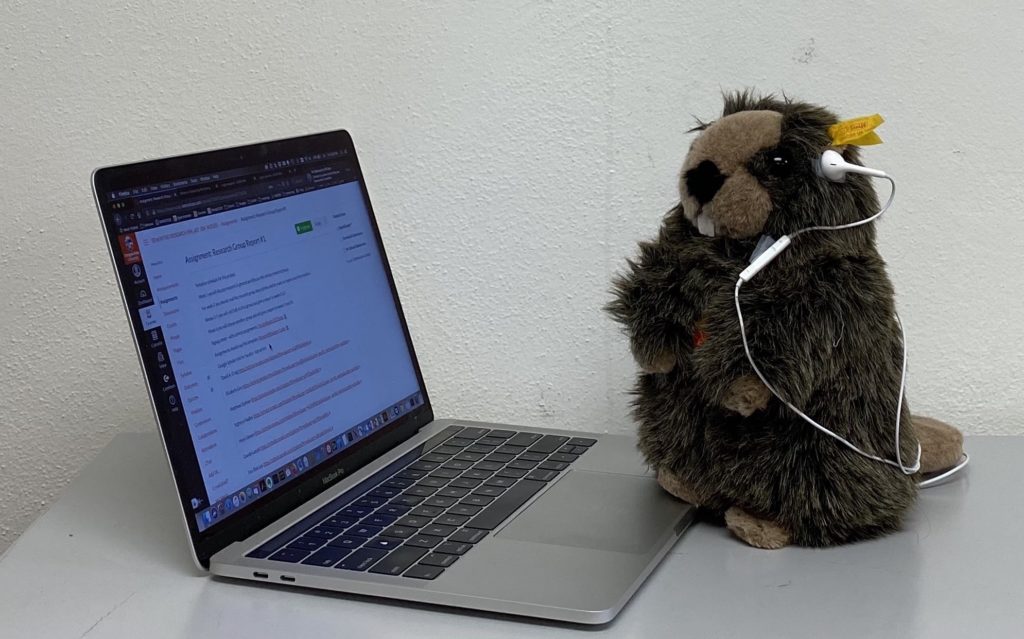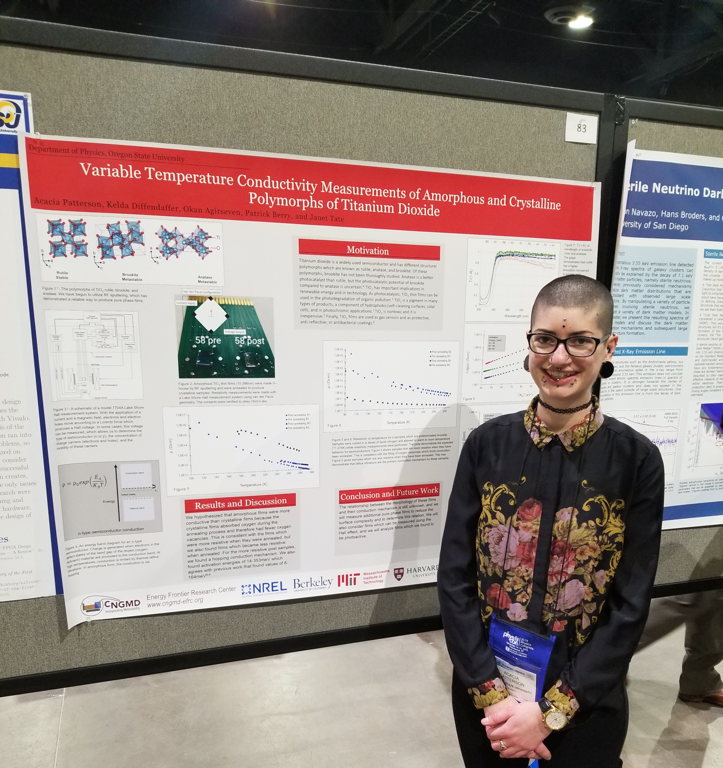Dear Physics community,

Oregon State Physics is still operating, although our labs are in standby mode and our teaching is now all remote. We’re using online channels like Zoom and Slack to maintain our tradition of student interaction in courses. Students are still working together on problems and the Society of Physics Students is launching an online game night. We could not have done this without herculean efforts by faculty and students to create online labs, videos, and sophisticated live classes in 3 weeks. Grad students are writing new labs and undergraduates are serving as learning assistants in the Virtual Wormhole. See this video on vectors produced in our Lightboard studio to see what our students see.
On campus, research is on standby. Biophysicists Weihong Qiu and Bo Sun led the Physics effort to collect personal protective equipment (PPE) that Oregon State then donated to Oregon Emergency Management agencies. https://today.oregonstate.edu/news/oregon-state-collects-nearly-200000-pairs-gloves-other-medical-supplies-covid-19-crisis But, you can’t grow carbon nanotubes or cancer cell lines at home so on-campus research is now on hold. In the short run, we can work on writing things up, doing the literature searches we never have time for and analyzing data, but we’re eager to get back to our labs.
If you are interested in helping students financially in the short term, Oregon State has set up an emergency fund for students in need. Many students (or their parents) have lost their jobs and are struggling with basics like books, rent, food and the now vital internet connection. Please consider donating to the Beavers Care fund which is providing emergency funding to OSU students https://app.fundmetric.com/qvRUQF9u4 (You can designate the College of Science) or to the Human Services Resource Center (HSRC) https://studentlife.oregonstate.edu/hsrc which provides food boxes, loaner computers and other emergency supplies for students.
We’ll be providing updates as things progress.
Heidi Schellman














